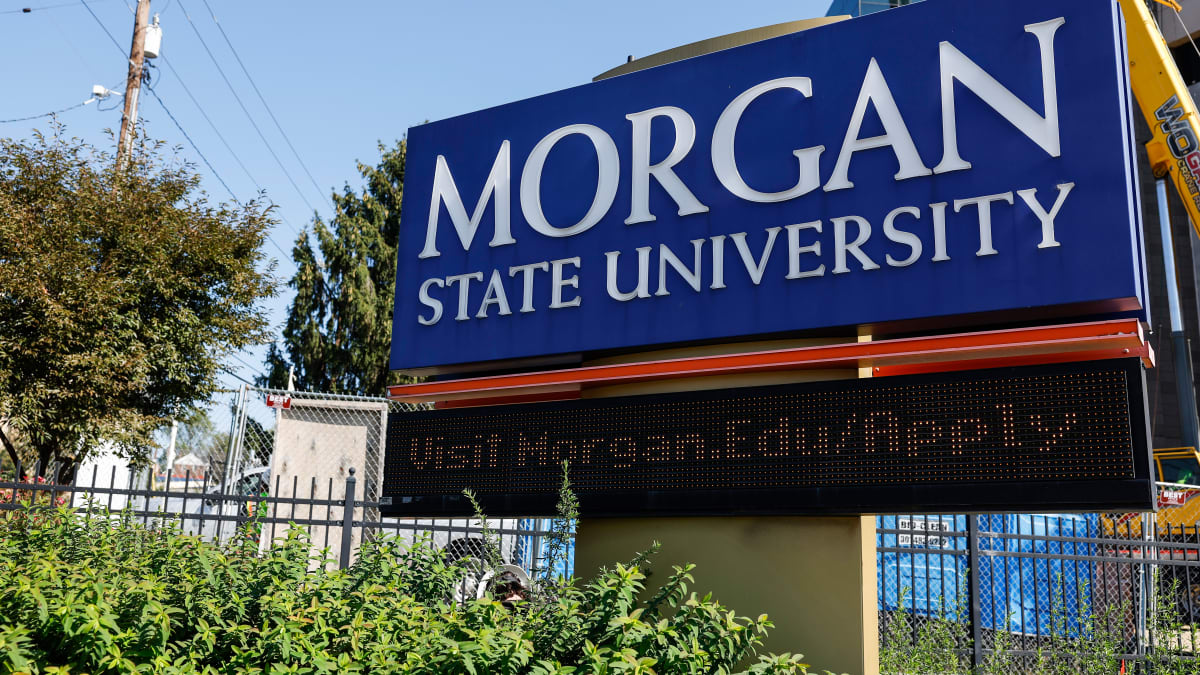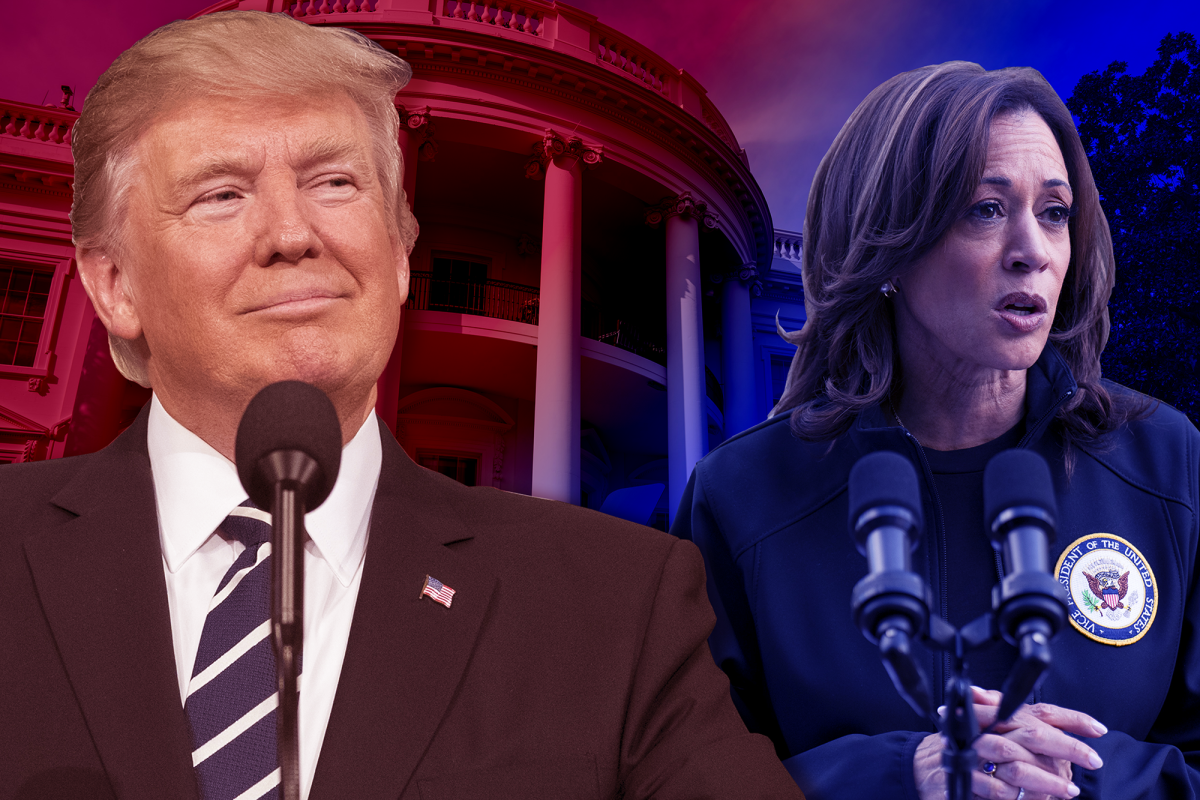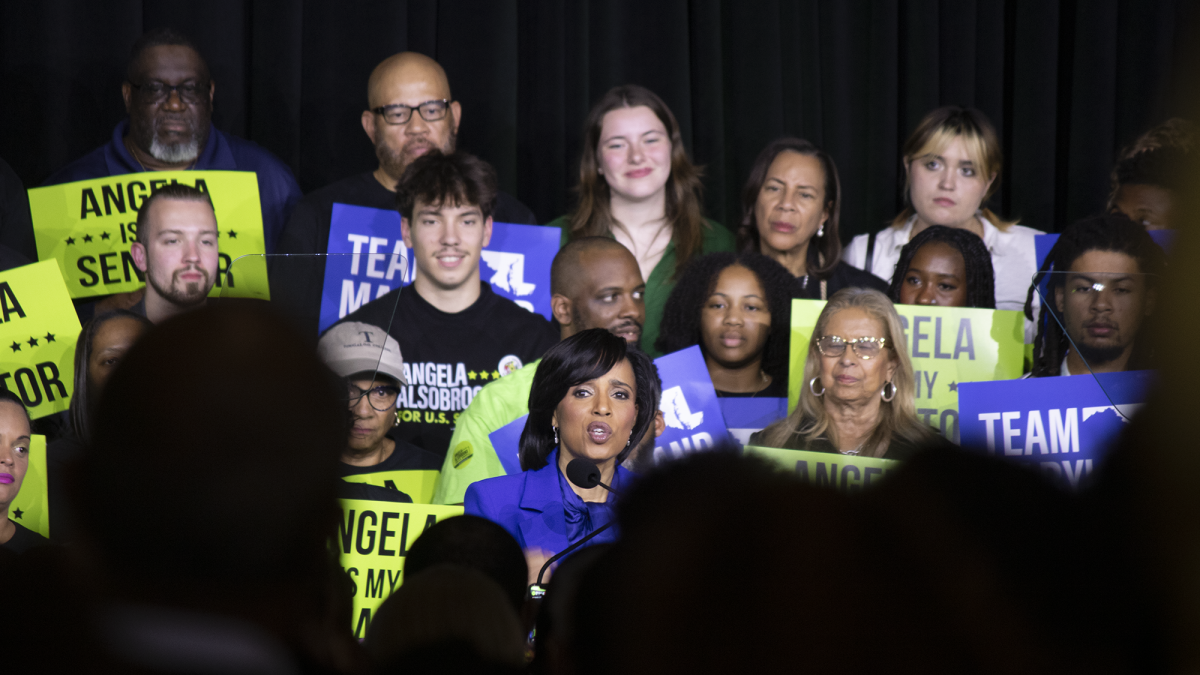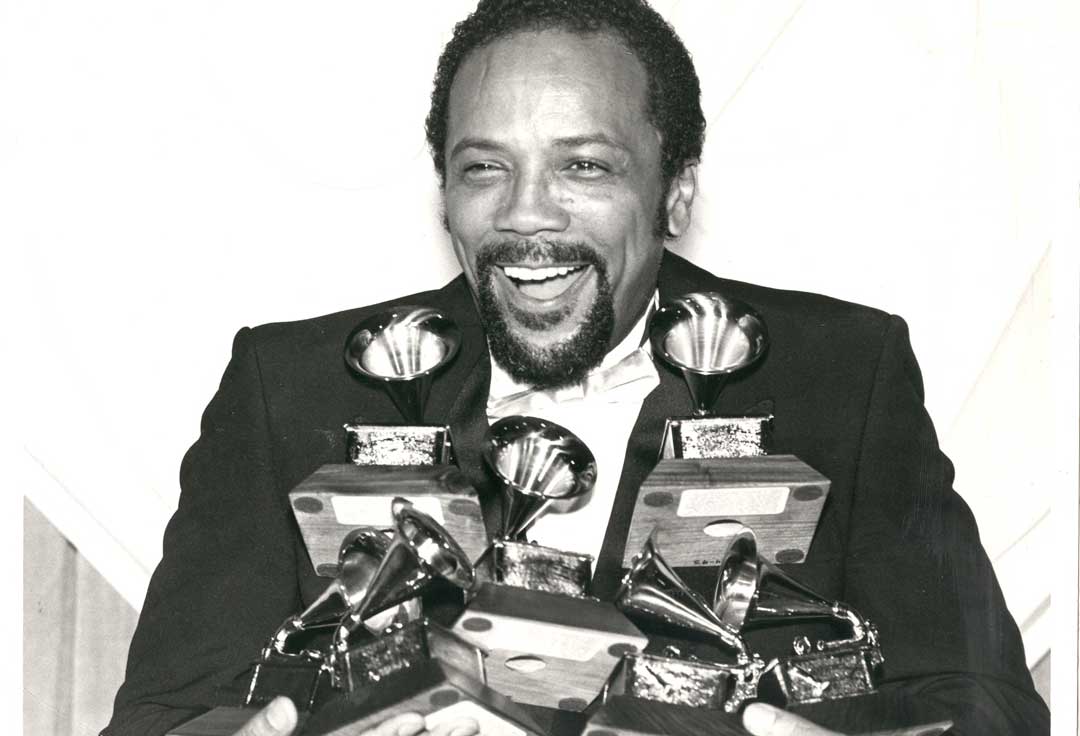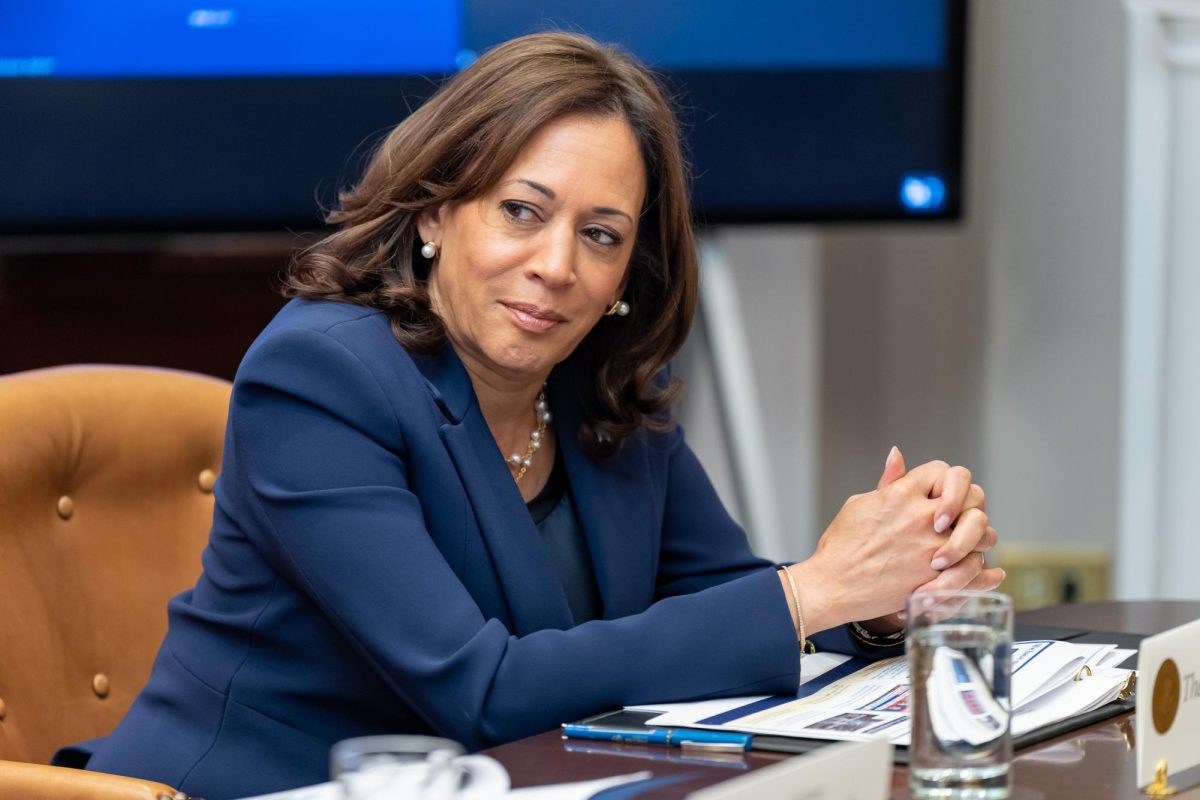
Twenty-three year old Oxon Hill, MD, resident Antonio Harris woke up at the crack of dawn on Saturday, Aug. 24 in order to get a good view of the speakers at the National Action to Realize the Dream March. Harris and a friend spent hours making their way to the national mall via public transportation, facing crowded buses and trains. Still, Harris felt that the trek was worth it.
“There are some points that King addressed back then that still ring true today,” said Harris, a recent soldier turned civilian who felt compelled to be part of such a movement. Referring to education and equal opportunity for all Americans, he insisted that “the dream hasn’t been fulfilled yet.”
Starting at the Lincoln Memorial, the day’s events included a morning prayer, a series of speeches by elected officials and civil rights leaders and a march to the Washington Monument, past the Martin Luther King, Jr. memorial. The belief that there is still much work to be done resonated with many speakers and attendees.
“Today we face continuing challenges,” said Al Sharpton, who was outraged by the Supreme Court’s summer ruling on voting rights—requiring voting districts with histories of racial discrimination to seek federal approval before changing voting policies. He also railed against racial inequality and income disparity. “We march because we’re going to bring a new America, one nation under God, indivisible, with liberty and justice — not for some, not for who you choose, not for who you like, but for all.”
Rep. John Lewis, the only surviving organizer of the original March on Washington in 1963, also spoke about voting rights, urging the crowd to continue fighting for equality under the law. “I am not going to stand by and let the Supreme Court take the right to vote away from us,” he said. “We must stand up and fight the good fight as we march today, for there are forces – there are people who want to take us back.”
The original March on Washington was a high point in the struggle for civil rights. More than 200,000 people came out to demand just civil rights legislation, eliminate racial segregation in schools, guarantee protection from police brutality and call for equal employment opportunities. Tens of thousands came out on Saturday to touch on many of these same issues.
One of the bigger issues at this year’s march was the call for the nation’s representatives to pressure Congress to create more job opportunities, particularly for the African American community. According to an Aug. 2 job report released by the Labor Department, Black unemployment was down to 12.6 percent from a high of 16.5 percent in August of 2011. As the economy continues on a steady incline, now more than ever should be the time to make jobs available.
“Even though I wasn’t around then, I feel like the issues are still relevant,” said Howard University alumni Masake Kane. Kane felt the need to call for not only social justice, but economic justice as well. “I’m out here to bring that change.”
Despite the events and speeches of Saturday’s rally, it was only a prelude. The actual anniversary of the 1963 March on Washington will take place on Wednesday, Aug. 28 and will include another rally on the steps of the Lincoln memorial and a speech from President Barack Obama, Bill Clinton and Jimmy Carter. Several media organizations including ABC, CNN and BET prepare for live broadcasts of the commemoration. Still, participants felt there was much to take away from Saturday’s National Action to Realize the Dream March.
“One of the most encouraging things here was the talk of sit-ins,” said Ben Blake, a librarian at the University of Baltimore. Following the march, Blake held on to the thoughts that were expressed by the speakers and concluded that sitting-in could be a powerful way to get a message across. “At that kind of level of commitment and activism…everything else can be pretty much ignored.”

